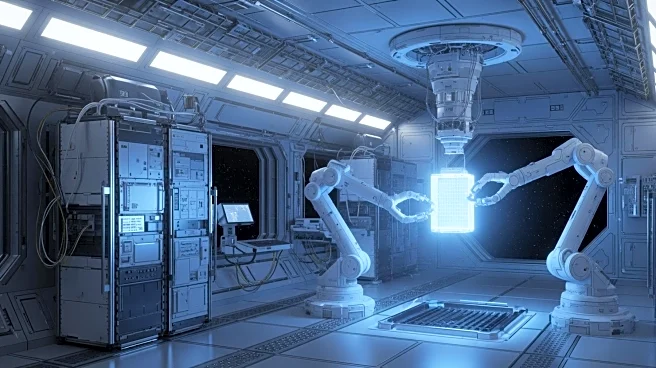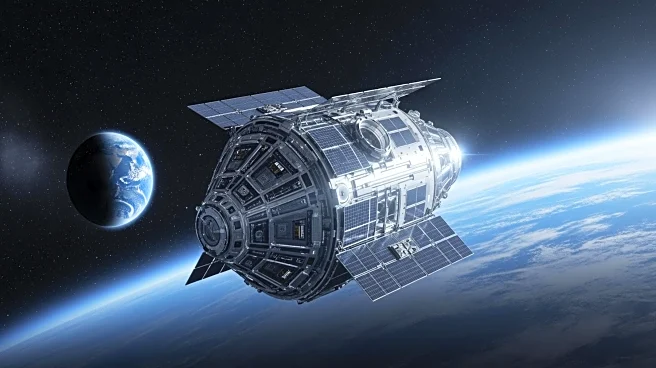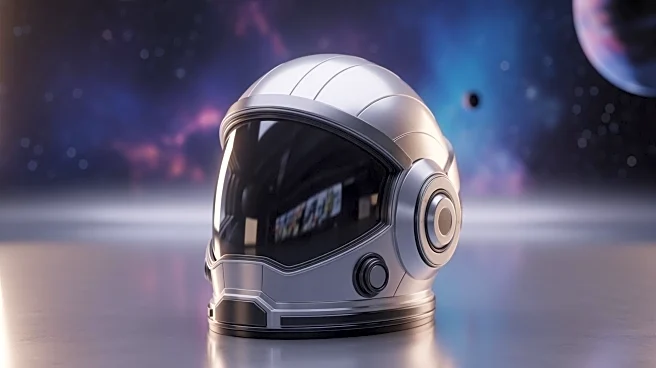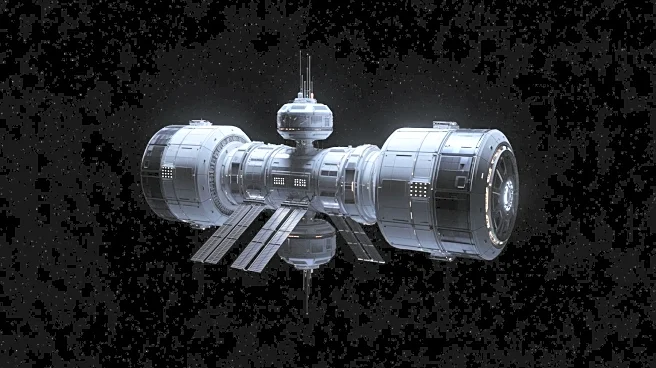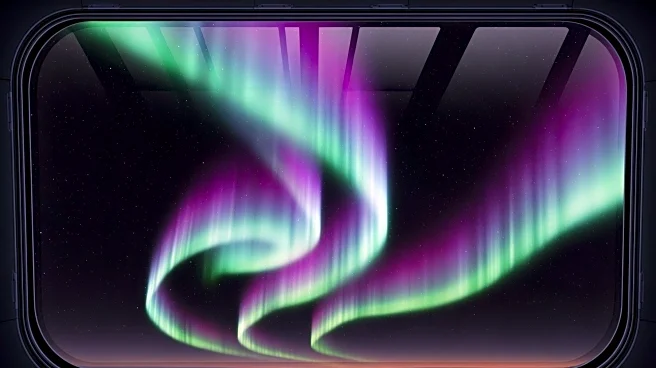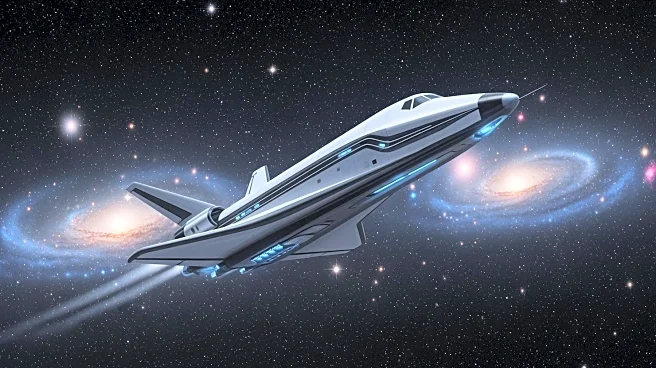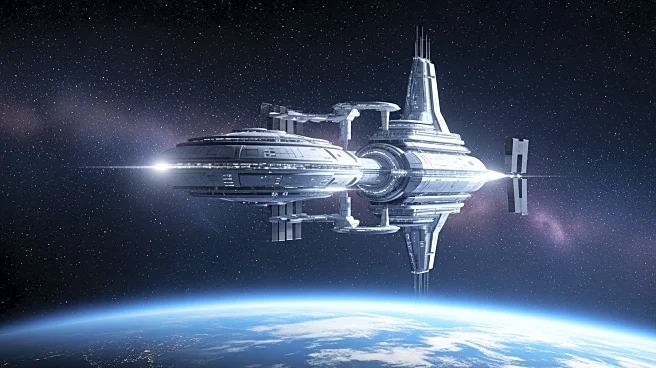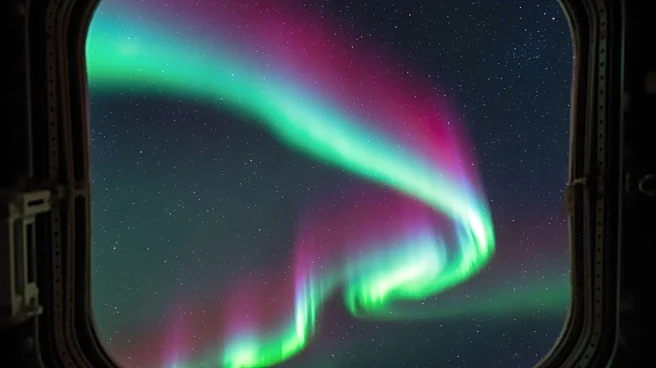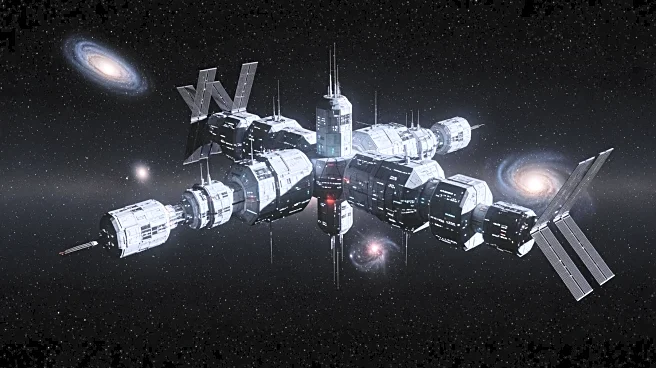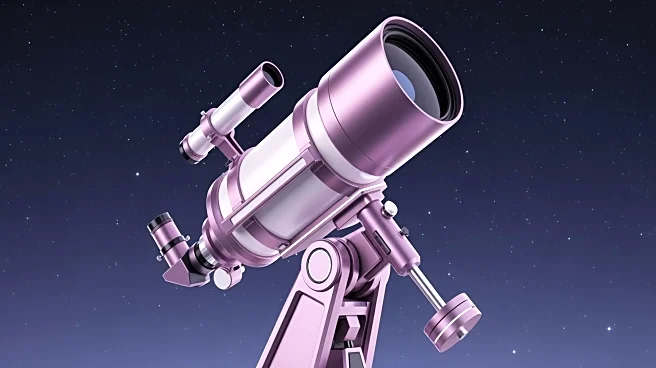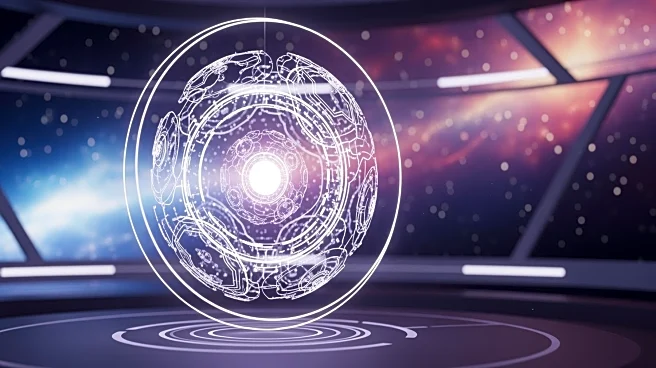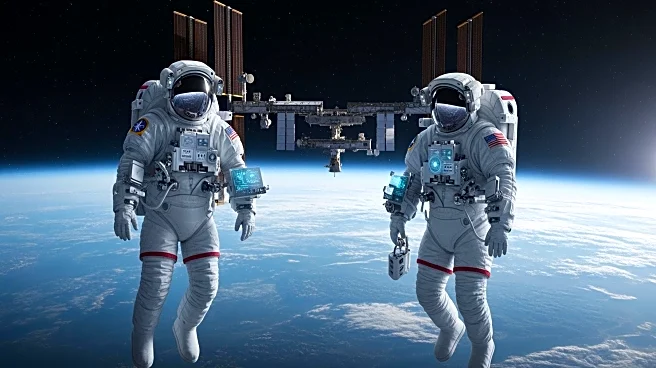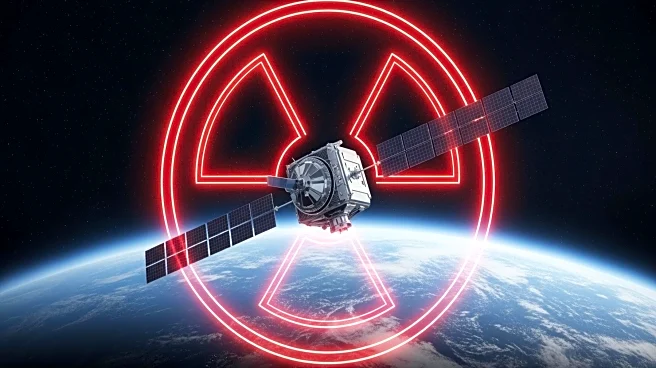What's Happening?
Russian cosmonauts Sergey Ryzhikov and Alexey Zubritsky successfully completed a spacewalk outside the International Space Station (ISS) to install a semiconductor materials experiment. The experiment, known as Molecular Beam Epitaxy, aims to produce
ultra-thin materials in the microgravity environment of space, which are difficult to manufacture on Earth. During the spacewalk, the cosmonauts also jettisoned an old HDTV camera that was part of a Canadian commercial payload. The camera was disposed of to prevent it from interfering with the space station's operations.
Why It's Important?
The installation of the semiconductor experiment on the ISS represents a significant advancement in space-based manufacturing. By leveraging the unique conditions of microgravity, researchers hope to develop new materials that could have applications in various industries, including electronics and telecommunications. The successful spacewalk also demonstrates the ongoing collaboration and technical capabilities of international partners in maintaining and advancing the ISS's scientific mission. The disposal of outdated equipment ensures the continued safety and efficiency of operations aboard the space station.
What's Next?
Following the installation of the semiconductor experiment, researchers will monitor its progress and analyze the materials produced in space. The results could lead to breakthroughs in semiconductor technology and influence future space-based manufacturing initiatives. Additionally, the ISS will continue to serve as a platform for international scientific collaboration, with upcoming missions and experiments planned to further explore the potential of space-based research.
Beyond the Headlines
The spacewalk highlights the importance of international cooperation in space exploration. As countries work together to advance scientific research and technology development, the ISS serves as a model for collaborative efforts that transcend geopolitical boundaries. The success of such missions underscores the potential for space exploration to foster global partnerships and drive innovation across multiple sectors.
